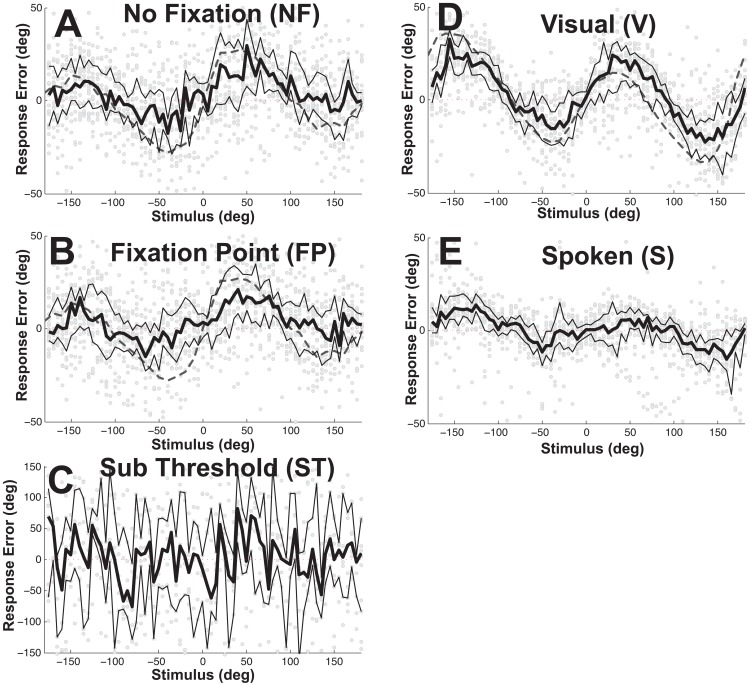Figure 1. Error in perceived heading as a function of stimulus heading.
Ideal performance would be represented by a horizontal line at zero. Each panel represents a stimulus type. Combined data is shown for all subjects. Individual responses are shown as gray circles. The median of the individual responses is shown as a dark solid line. Thin lines represent the 25th and 75th percentiles. The angle zero represents straight ahead. Panel A: 16 cm displacement in darkness, no fixation point was present. Dashed line represents the theoretical performance previously predicted by a population vector decoder (PVD) model [8]. 2% of data points are outside the range shown. Panel B: 16 cm displacement with a fixation point visible at eye level, 2% of data points are outside the range shown. Panel C: 1 cm displacement in darkness, no fixation point was visible. Note that range of errors shown are ±150 degrees, 12% of responses were outside this range. Panel D: Visual motion through a star field with binocular disparity, the visual motion stimulated a 16 cm displacement but no platform motion occurred. 5% of data points are outside the range shown. Panel E: Spoken commands were given in darkness and the subject oriented the dial to the requested heading. 4% of data points are outside the plotted range.

